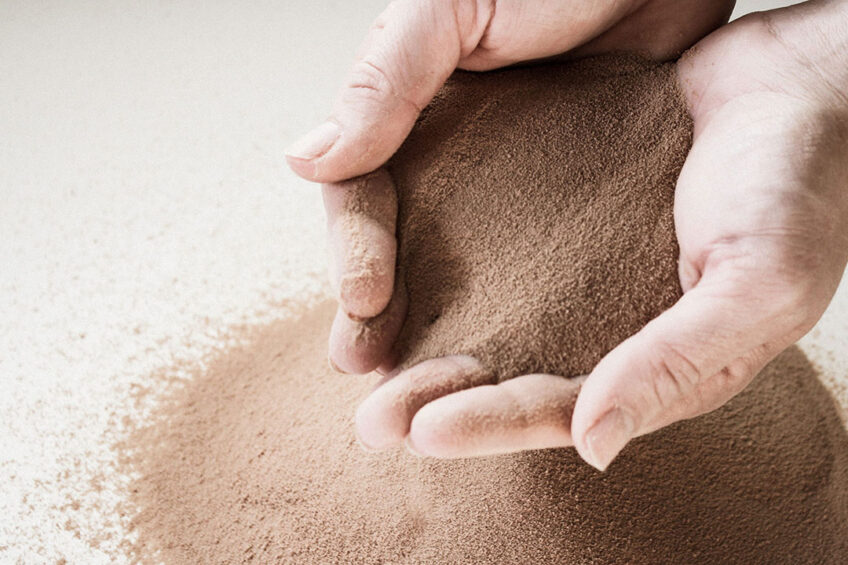Top 5 soybean alternatives: 5. Single-cell protein

This is the fifth and last in the series of the top 5 most-promising soybean meal alternatives which we have shared over the last couple of weeks, terms of protein profile, availability, sustainability and more. This week we look at single-cell protein.
Single -cell protein from yeast, bacteria or microalgae
Single-cell protein (SCP) (growing yeast, bacteria or microalgae) are being actively investigated as a protein feed ingredient as well as a source of fat for various types of livestock, but there are currently concerns about costs. Large-scale production is also required.
With recent commercialisation of SCP from yeast and bacteria, it has already been included in aquaculture feed, but as far back as the 1990s in Finland, it was commercialised (using forestry residues) for pig feed. SCP from yeast is being examined as a feed for dairy cattle, chickens and pigs – and in broilers, there is some evidence that certain species have the potential to replace in-feed antibiotics as well due to its antimicrobial properties.
The fast growth rate of yeast and bacteria means that these organisms present a promising economical method for large-scale oil and protein production, but inputs of carbon chains are required. Similarly, heterotrophic microalgae are being grown on a limited commercial basis for both protein and oil for aquaculture feed. As with yeast and bacteria, the input of carbon is required, along with some trace minerals, for microalgae production, and the growth rate is slower. Some scientists have found that microalgae could be better incorporated in chicken diets by the use of carbohydrate-active enzymes that increase nutrient bioavailability.
Enough light
Some studies have found that microalgae can be used as a protein source for lactating dairy cows in intensive milk production systems, which makes them a suitable substitution for SBM or faba beans. In the future, large-scale ‘autotrophic’ microalgae production (where the process of photosynthesis is used by these organisms to capture CO2 from the air as a carbon source) may be possible. However, ensuring enough light reaches all algal cells as their density increases over time requires innovative tank design and/or lighting systems.
Other promising alternatives
A percentage of SBM can also be replaced in cattle by maize by-products including distiller’s grains, corn-gluten feed and corn gluten. Protein concentrate from feed-grade barley is also being actively commercialised in the US and Europe as a feed ingredient for aquaculture species. Barley is a sustainable crop as it grows in areas where other food crops don’t fare well, needs little water and few inputs, is not genetically-modified and is relatively inexpensive.
TOP 5 SOYBEAN ALTERNATIVES
1. Canola meal
2. Pulses
3. Insect meal
4. Brewer’s spent grains
5. Single-cell protein







